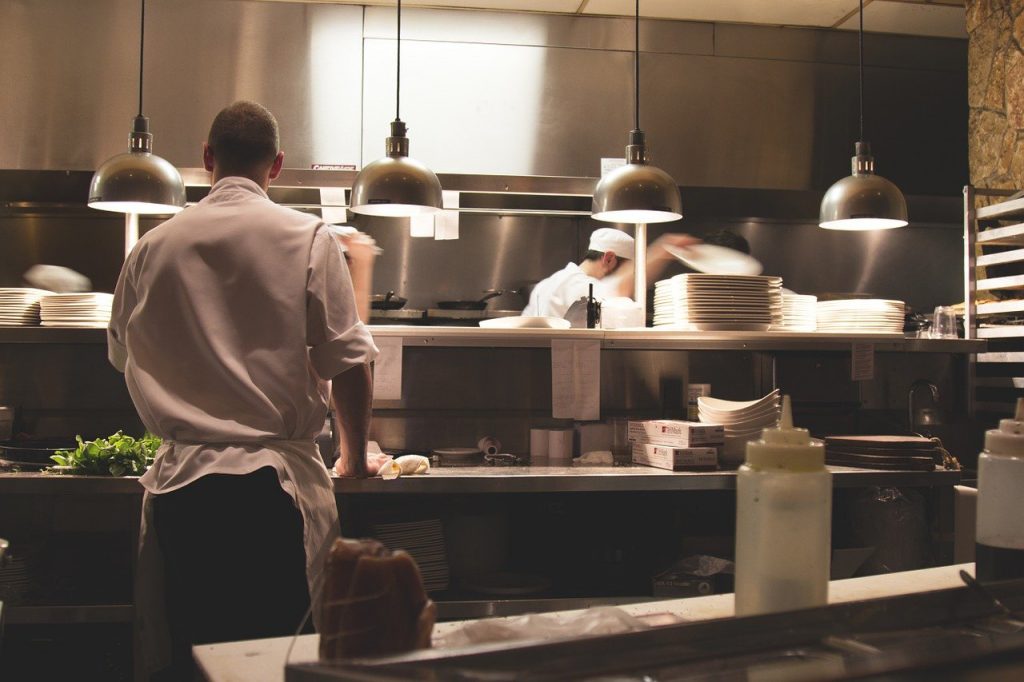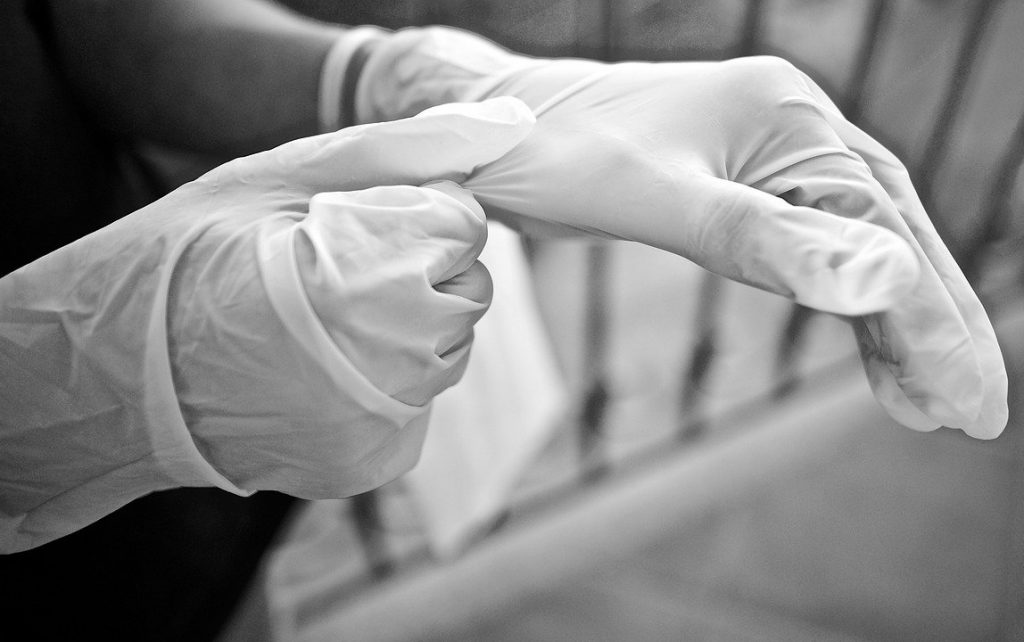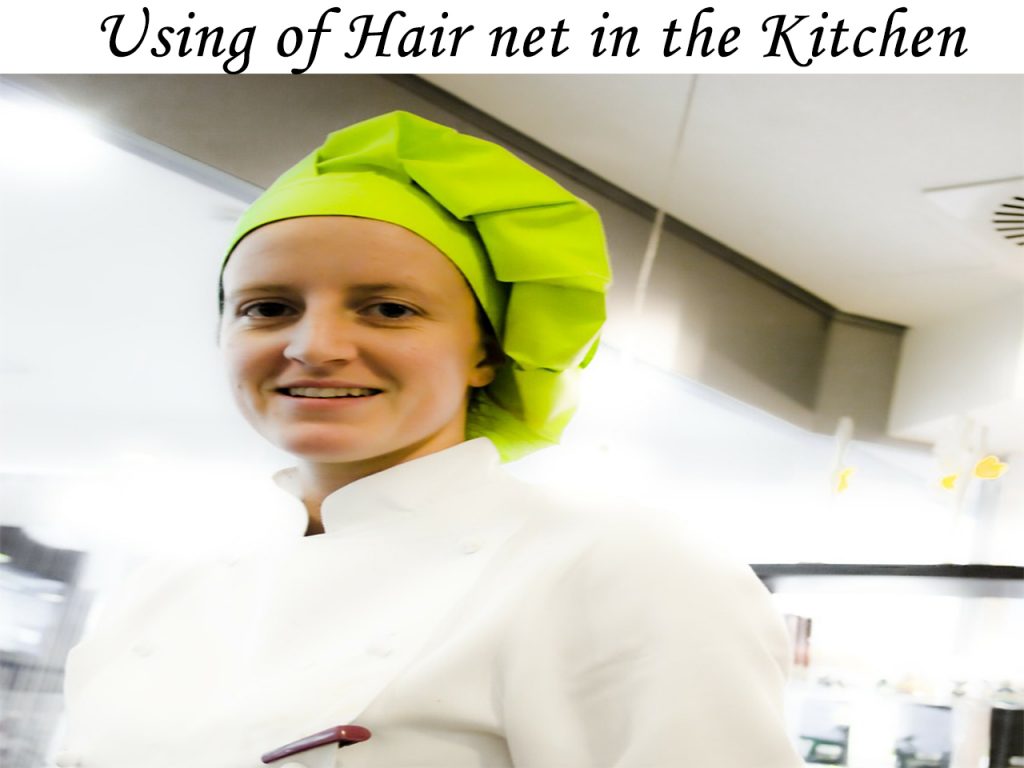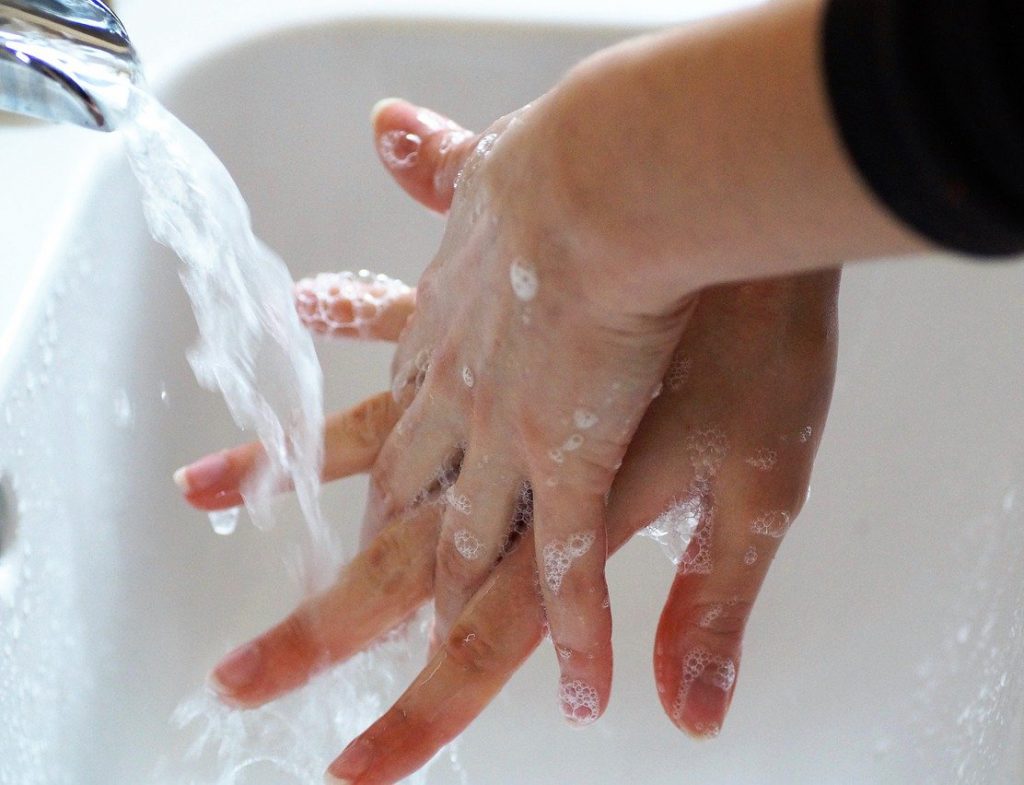
Food Contamination in the Kitchen
Any mean that can make the food stuff unfit for human consumption is known as food contamination. Micro organisms and other toxic substance (chemical or physical contaminants) are a major threat to food which make it unhealthy for consumption. Contamination sometimes reaches as much high level that they produce pathogens (disease-producing germs).Here we are going to have a review on kitchen working persons food hygiene and how they contaminate food.
Why food safety is important in kitchen

Pathogens cause food poisoning, allergic reactions, irregular stomach disorders, diarrhoea, pneumonia and other diseases depends on their toxicity level. Kitchen working persons should understand some basic guidelines to cook a safe meal under a hygienic environment and to stop food contamination in the kitchen.
- GHP’s (good handling practices) and GMP’s (good manufacturing practices) are general terms that every kitchen working person should familiar with.
- First of all, you should understand the types, origin and level of contamination that you come across while preparing fuel for yourself to move smoothly.

There are four main categories of food contamination
- Chemical contamination
- Biological Contamination
- Physical Contamination
- Cross- Contamination
Biological Contamination:
It occurs when the food contains germs or find an environment that germs can grow their living. This destroys the nutrition and healthy factor of food and germs take control of the food.
Nevertheless, the food looks normal in sensory attributes (colour, skin, smell) but it contains pathogens. Some of the germs in food and their outbreaks by food scientists’ areas listed below:
| Classification | Pathogen Name | Result |
| Bacteria | Thermoactinomyces | Fever, Pneumonia |
| Fungi | Histoplasma | Systemic Infection |
| Viruses | Influenza | Respiratory |
- All of these germs grow in logarithmic order. Researchers revealed that generally one germ increases its population to 4672 after a minute and after 10 hours they form a community of 2.8 million.
- Best loving temperature condition of pathogen growth is 6 to 50 Celsius . All food contains germs when they get their living conditions. They start to grow and increase their population to millions within no time.
Chemical Contamination
When certain chemical gets incorporated into food it is said to be chemically contaminated. Some of the outlines related to chemical contaminants are:
Steel boxes/packs :
Wash and properly clean the gums of newly bought kitchen utensils. A chemical named as thiourea is polished on the surface of utensils to make it looked fine. So, wash them properly before usage. Stainless steel is recommended by food engineers to be used for cooking due to its higher thermal conductivity and its resistance to contaminating food.
Plastic cans :
Use only food-grade plastics for the storage of food products. There are Seven types of plastics listed by food packaging experts to be used as food packages. PET (Polyethylene terephthalate) is the most common plastic that you find in markets.
Insect control chemicals :
Insect control chemical are very hazardous. Allocate a place and keep them aside to avoid its contamination with food. It can mix with food and cause serious illness. Always use such chemicals at night after closing all kitchen operations and wash before kitchen working get started in the morning. Cover all the foodstuff and utensils, before spraying such hazardous pest control chemicals.
Wounds/Cuts/Injuries :
Wear gloves if you have cuts or abrasion on your hands. Avoid dough making and other operation that can add any residual of your medicines into that food.

Washing Raw Food Stuff :
Some chemical sprayed on fruit and vegetable in the market to looked fresher and improving their sensory attributes (colour, skin, aroma). Wash all such items under a tap running water. Liquid chlorine sprayed on the banana to avoid black rot (blackish spot). There might be a chance of chemical stick with your hand and then when you touch any other commodity it causes problems.
Refrigerator sections :
Store fruits and vegetable products in the vegetable section otherwise they can be physically damaged by chilling injury.
Oven :
Always use quartz glass in the oven, because it has the highest thermal conductivity. Avoid using plastic utensils because of their carcinogenic nature.
Food Equipment’s :
All food equipment’s present in your kitchen should be cleaned. No dirt should be harboured in it. Equipment should not be over oil or over greased that may enter in your food.
Physical Contamination:
When physically something enters into the food, then the food is to be physically contaminated. Following are some of the physical contamination of food that can happen in the kitchen:
Hair : Wear a hair net and tie your hair properly. Otherwise, there may be a chance to hairs to get into your food.

Jewellery: Food regulating authorities like FDA (food drug and cosmetic) do not allow to wear jewellery during working in the kitchen. Microorganisms can harbour in jewellery.
Dirt/Roots : Sometimes due to ignorance in washing, some dirt or small roots are not removed such as in the washing of potatoes, carrots, turnips.
Pulses/Cereals : Firstly, wash such products in running water and then allow it to dip for 2 minutes in water. It allows the stone to get easily removed by using the principle of flotation that is used in food industries.
Clothes: Always use an apron for kitchen work. Avoid using designing clothes.

Cross Contamination
Following are some of the cross contamination of food that can happen in the kitchen:
Eating in Kitchen : Kitchen is the place for food production not for food consumption. Only food producers allowed to enter such premises. It can contaminate the utensils or be the sources for the contamination of food.
Dirty Utensils : Allocate a proper place from some safe distance for the washing of dirty or used plates, cups, spoons. Washing operation should be done all at once and wash hands thoroughly.
Touching : Kitchen working persons should not touch their faces, hair, or other unsafe things that can further transmit the contaminants.
Washing Sink : Fruits and vegetables are not directly put into the washing sink; it should be washed by putting them into the larger bowl.
Hand washing : Wash your hands properly and avoid handshakes while working in the kitchen. Unwashed hands are the major source for the transmission of germs. Furthermore, follow 5 steps hand washing explained by International standard organization in ISO-2200.

To Sum Up
Kitchen working persons should have a basic awareness of safety and quality of food. To achieve safety, food should be saved from contaminants. There fore these contaminants can be prevented by following basic food safety precautions. By overlooking precautionary measures, pathogens can attack the food and results in severe food borne illnesses to the consumer. Safety should always be the top priority of food manufacturers.
